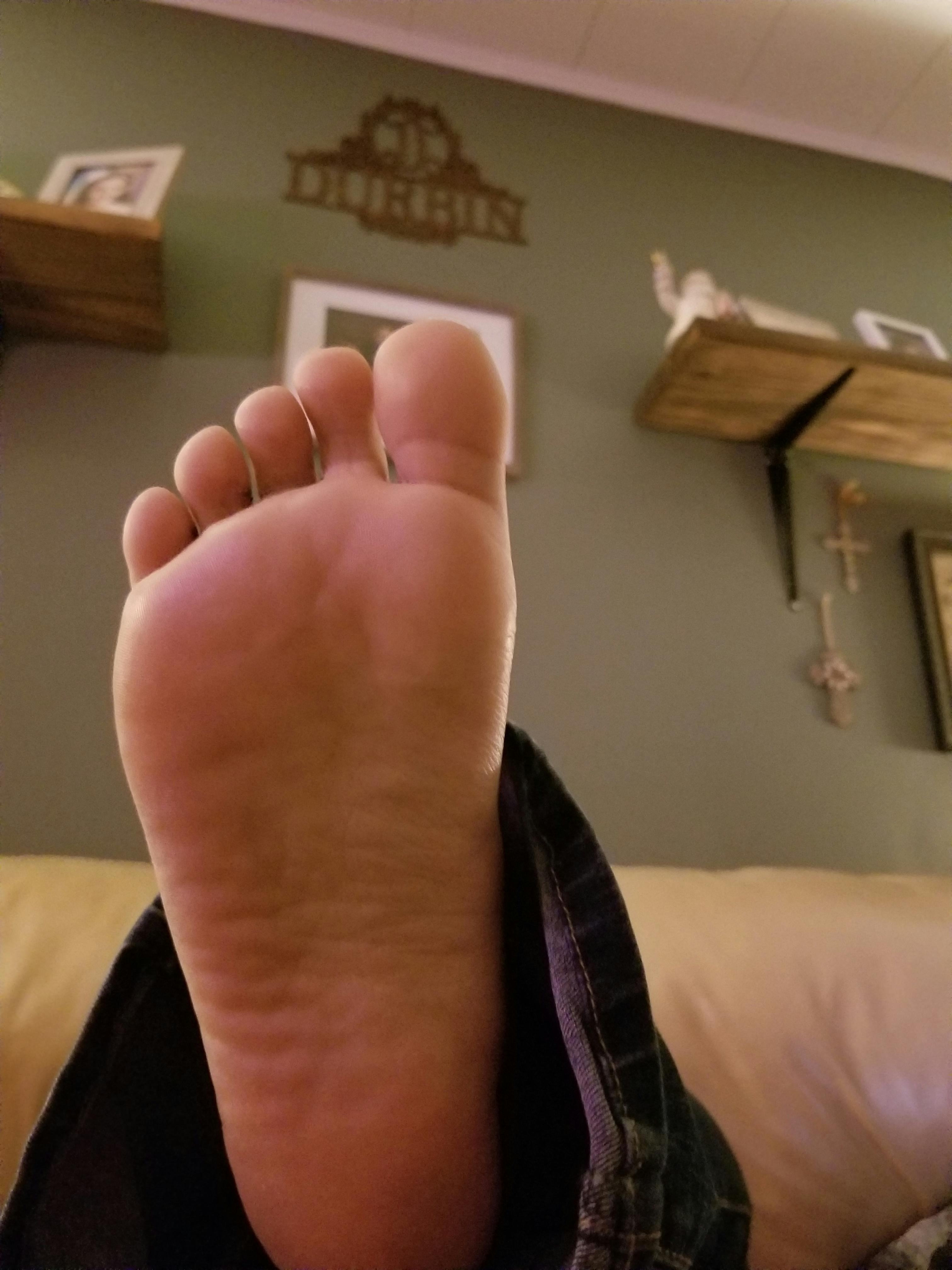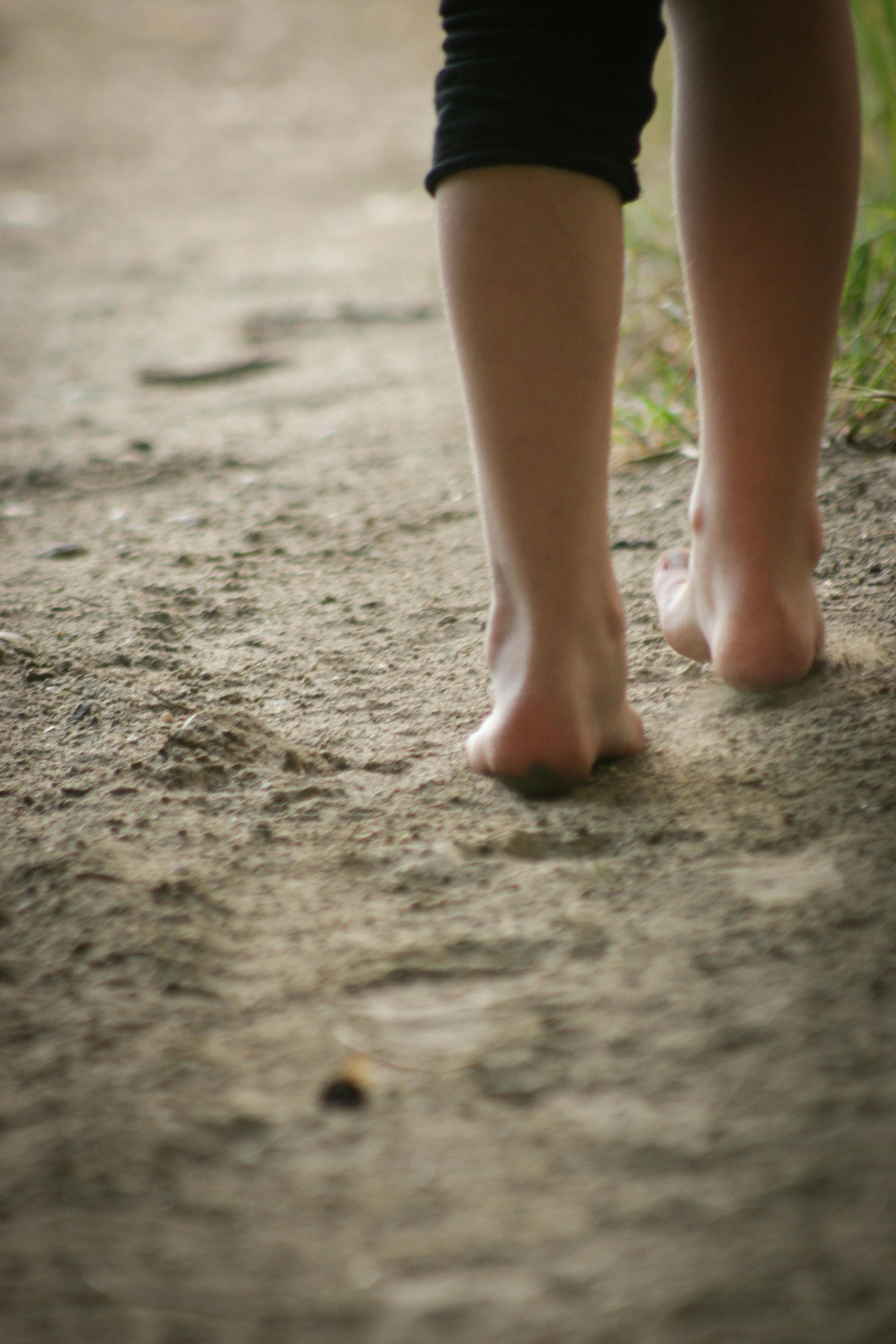Confusion From Plantar Fasciitis Treatment Explained
Explore Plantar Fasciitis Treatment
For some professional athletes, just changing running shoes can significantly ease plantar fascia discomfort. A physiotherapist can use a number of various taping methods to support the plantar fascia, giving it a possibility to recover. Some shoes can be fitted with inserts. One example is an orthotic, which spans the length of the shoe.
Another alternative is a heel cup. This insert is developed to support and cushion the heel. Plantar fasciitis is related to less flexibility in the ankle, Achilles tendon, and calf muscles. Gentle extending to enhance versatility can make the biomechanics of standing, strolling, and jogging less demanding for the plantar fascia.
Using mild pressure, roll the tennis ball back and forth under the foot. Stand 18 inches away from a wall with feet about 6 inches apart and put hands against the wall, at shoulder height. Without moving feet, lean into the wall, bending the foot and stretching the Achilles tendon and calf muscles Rest on the floor with legs straight in front.
Plantar Fasciitis Treatment Techniques You Should Try in 2020
Stretches like these last two, in which the top of the foot and toes move toward the shin, are called dorsiflexion stretches. Using a cold-pack or bag of ice to bottom of the foot might offer pain remedy for plantar fasciitis. Relief can likewise be discovered by rolling the bottom of the foot on a frozen plastic water bottle.
Procedure Principles. For runners, increasing the variety of steps per mileusing a shorter stride however increasing cadence to maintain speedmay reduce the stress on the plantar fascia although there will be more actions per minute.1.Additional weight puts an increased strain on the plantar fascia tissue. Shedding excess pounds will lighten the load on the body's musculoskeletal system, consisting of the plantar fascia.
This prevents the plantar fascia from resting in a contracted position. (Naturally, lots of people find these splints hard to oversleep.). While it is not thought about standard treatment, deep myofascial massage might promote blood flow and recovery. While not all professionals concur, some believe using manual manipulation/mobilization (by a chiropractic practitioner or other certified health expert) together with exercise is an efficient way to treat plantar fasciitis.2, People with persistent, moderate to serious cases of plantar fasciitis, might utilize these non-medical treatments in combination with medications, injections, or surgical treatments.
How to Build a Scalable Plantar Fasciitis Treatment Process

Medications are not a cure for plantar fasciitis and need to be utilized in combination with other treatments. Non-steroidal anti-inflammatory drugs are used to decrease swelling and inflammation, and are advised for patients experiencing moderate to severe discomfort (Wikipedia Reference). NSAIDs include aspirin (e.g. Bayer), ibuprofen (e.g. Advil), naproxen (e.g. Aleve), and cox-2 inhibitors.
dexamethasone) through healthy skin to the sore location.1 Iontophoresis may be suggested to clients with plantar fasciitis who can't tolerate injections or wish to prevent injections. If non-medical treatments and medications do not offer remedy for plantar fasciitis, clients may think about injections. 1. Wellenkotter J, Kernozek TW, Meardon S, Suchomel T.

Int J Sports Medication. 2014; 35( 9 ):779 -84.2. Bronfort G, Haas M, Evans R, Leininger B, Triano J. Effectiveness of manual treatments: the UK proof report. Chiropr Osteopat. 2010; 18:3.3. Clar C, Tsertsvadze A, Court R, Hundt GL, Clarke A, Sutcliffe P. Scientific efficiency of manual treatment for the management of musculoskeletal and non-musculoskeletal conditions: systematic review and upgrade of UK proof report.
An Introduction to Plantar Fasciitis Treatment for Your Website
The plantar fascia is a long, thin ligament present along the bottom of the foot that develops the arch of the foot. It extends from the heel bone, and then divides and fans out to attach itself to the toes. Plantar fasciitis is a condition where the plantar fascia becomes swollen from overstretching or overuse, triggering discomfort in the heel and bottom of the foot.
Plantar fasciitis happens when you strain or irritate the plantar fascia ligament. Repetitive pressure can result in small tears in the ligament, resulting in discomfort and swelling, which can make walking challenging. Pressures can occur due to: High or low foot arch Obesity or unexpected weight gain Tight Achilles tendon which connects the calf muscles to the heel Beginning a brand-new activity or increasing the intensity of an activity Wearing incorrect shoes with soles that are too soft, do not fit well or offer bad arch assistance The major complaint of plantar fasciitis is pain and tightness in the heel and foot.
Your medical professional might watch how you stand and stroll, and evaluate associated conditions such as high arches. X-rays of the foot can be taken if your medical professional suspects a tension fracture, a hairline fracture in the bone, or other associated conditions such as a heel spur, which is additional calcium deposit on the heel bone.
The Secret of Effective Plantar Fasciitis Treatment
Conservative treatment steps consist of: Rest: Rest is the very first action that is considered for decreasing pain and preventing further damage to the ligament. Ice: Rolling your foot over ice can be extremely efficient in minimizing swelling, and is recommended for 20 minutes, 3-4 times a day Medications: NSAIDs (non-steroidal anti-inflammatory drugs) may be prescribed for relief of pain and swelling Workout: calf stretches and plantar fascia stretches are effective in easing discomfort A steroid injection may be administered into the plantar fascia for decreasing pain and inflammation Encouraging shoes and orthotics may also be advised to minimize the discomfort while walking or standing Night splints can be recommended by your doctor to assist stretch the plantar fascia while sleeping Physical therapy might be recommended for guideline on extending workouts, massage and ice treatments PT might utilize extracorporeal shockwave treatment (ESWT), which utilizes high-energy shockwave impulses to promote recovery of the damaged plantar fascia tissues Surgical treatment is thought about just if conservative treatment does not offer reliable relief after 12 months.
Gastrocnemius economic crisis: Tight calf muscles or gastrocnemius muscles can strain the plantar fascia. To launch this tension, your cosmetic surgeon will surgically extend the calf muscle, and increase the movement of the ankle (See This Here). The surgery can be performed by open cut or endoscopically through a little cut by utilizing an endoscope, which is a long instrument with a little camera attached.
Your cosmetic surgeon will partially cut the plantar fascia ligament to ease the tension. The surgical treatment can be carried out endoscopically but open cut is easier to carry out and is connected with lower danger of nerve damage. Complications are rare following surgical treatment to deal with plantar fasciitis, however as with any surgery, they can happen.
Plantar Fasciitis Treatment as a Ranking Factor Remain Strong in 2020
If you are experiencing symptoms of plantar fasciitis, thorough treatment from our foot experts is readily available at ORA Orthopedics. As the biggest and most advanced orthopedic practice in the Quad Cities, ORA Orthopedics offers the greatest choices in care to children and grownups with a broad array of musculoskeletal conditions, including plantar fasciitis and other uncomfortable or unpleasant foot issues (Navigate To These Guys).
This condition is typically marked by higher foot pain and tightness after not during workout or extended periods of lack of exercise. Plantar fasciitis may likewise trigger bone spurs, or little boney developments, to develop on the heel bone. The knowledgeable physicians and personnel at ORA Orthopedics' Foot and Ankle Center of Quality are trained in the most current treatment techniques and provide patient-focused care that is 2nd to none in the Quad Cities.
Comments
Post a Comment